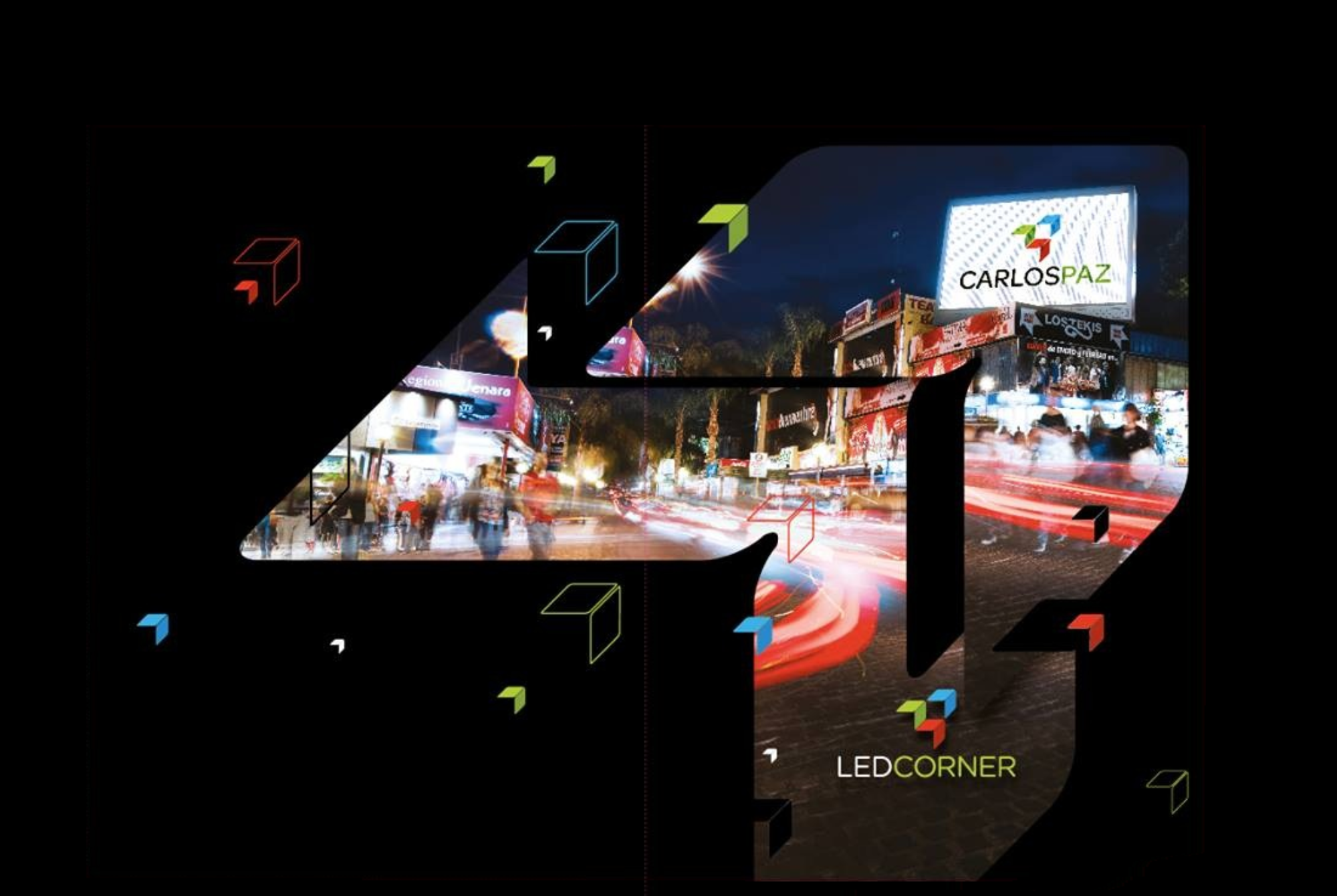Fission-track dates can, by this methodology, be obtained for minerals similar to micas, apatite, sphene, epidote, and zircon. The dates obtained are ‘cooling ages’ and indicate the time elapsed for the reason that temperature dropped below the 50% track retention value; the tracks are recognized to fade by annealing of solids at elevated temperatures. The methodology may also be used so far tektites, volcanic glass, and some archaeological objects. However, utility of the zircon FT technique to the relationship of distal tephra was typically hindered by low abundance of zircons, nice grain dimension, and presence of detrital grains. Volcanic glass shards are sometimes the most plentiful component of such sediments and commonly the only datable phase.
LEDs producing intense blue-green mild grew to become obtainable, and a procedure was developed for quartz based mostly on the use of a single aliquot. The single-aliquot regenerative dose process is now the idea of most OSL courting applications. IRSL, or OSL, courting of feldspars is less extensively utilized since for lots of feldspars the luminescence signals are unstable over geological time (a phenomenon often identified as anomalous fading). Overcoming this drawback for feldspars and getting across the early saturation of the OSL sign for quartz are the current challenges. Fission-track courting A method of estimating the age of glass https://datingwebreviews.com/wingman-review/ and different mineral objects by observing the tracks made in them by the fission fragments of the uranium nuclei that they comprise. By irradiating the objects with neutrons to induce fission and evaluating the density and number of the tracks earlier than and after irradiation it is possible to estimate the time that has elapsed for the explanation that object solidified.
Explore content
This means that the measured fission monitor age is related to the cooling of the dated rock specimen within the prime 2–12 km of the Earth’s upper crust. Crustal rocks warmth up and cool because of tectonic processes, floor erosion and burial, magmatic intrusion or meteorite influence. FTD is used for figuring out the timing, fee, extent and regional sample of those geological processes.
These fossils can then be used to compare the ages of various geological items. Index fossils are specific crops or animals that are attribute of a selected span of geologic time, and can be utilized to date the sediments during which they are discovered. Index fossils should have each a restricted time vary and broad geographic distribution. Sediments that were deposited far aside however contain the identical index fossil species are interpreted to symbolize the same restricted time. The use of tree ring knowledge to find out chronological dates, dendrochronology, was first developed in the American southwest by astronomer Andrew Ellicott Douglass. In 1901, Douglass started investigating tree ring progress as an indicator of photo voltaic cycles.
Nature.com sitemap
Clark Wissler, an anthropologist researching Indigenous teams in the Southwest, acknowledged the potential for such relationship, and brought Douglass subfossil wooden from puebloan ruins. First used, and sure invented by archaeologist Sir William Flinders-Petrie in 1899, seriation (or sequence dating) is predicated on the concept that artifacts change over time. Like tail fins on a Cadillac, artifact kinds and traits change over time, coming into fashion, then fading in recognition. Dendochronology works fairly nicely at sites by which bushes had been used for building and the environmental circumstances preserved the wood over time. Naturally, its use is proscribed to areas during which trees that produce clearly defined rings develop in climates that have marked summer time and winter seasons.
Absolute courting isn’t possible with this technique because the speed at which the nitrogen content material declines is dependent upon the encircling temperature, moisture, soil chemicals and bacteria. The method can, nevertheless, provide the relative ages of bones from the identical site. A massive change within the vegetation and animals is required to identify a new geological interval. Most of the geological durations scientists have named were ended by a significant extinction event or replacement of a massive number of species. As a result, geological durations and smaller items of geological time typically have a characteristic set of fossil species.
The fee of decay for many radioactive isotopes has been measured; neither warmth, strain, gravity, nor other variables change the rate of decay. Fission monitor courting was developed in the mid Sixties by three American physicists, who seen that micrometer-sized harm tracks are created in minerals and glasses that have minimal quantities of uranium. These tracks accumulate at a hard and fast rate, and are good for dates between 20,000 and a couple of billion years in the past. (This description is from the Geochronology unit at Rice University.) Fission-track relationship was used at Zhoukoudian. The U-Th-Pb and fission track information show a wide range of ages for Middle Cambrian rock strata and are thus extremely discordant.
About nature portfolio
Unlike different isotopic courting strategies, the «daughter» in fission track courting is an effect in the crystal somewhat than a daughter isotope. The fragments emitted by this fission process
Fission track dating
When heat is shone on the pattern, the relationship technique is called thermoluminescence. The technique that shines laser mild is called optically stimulated luminescence (OSL). The subsequent major breakthrough was in the usage of an optically stimulated luminescence (OSL) sign (Huntley et al., 1985). The use of an optically stimulated signal was seen as clearly more acceptable for measuring a signal whose resetting mechanism was publicity to light. Indeed, a light-insensitive TL sign remained when sedimentary grains had been exposed to light, both from the Sun or from laboratory light sources.

